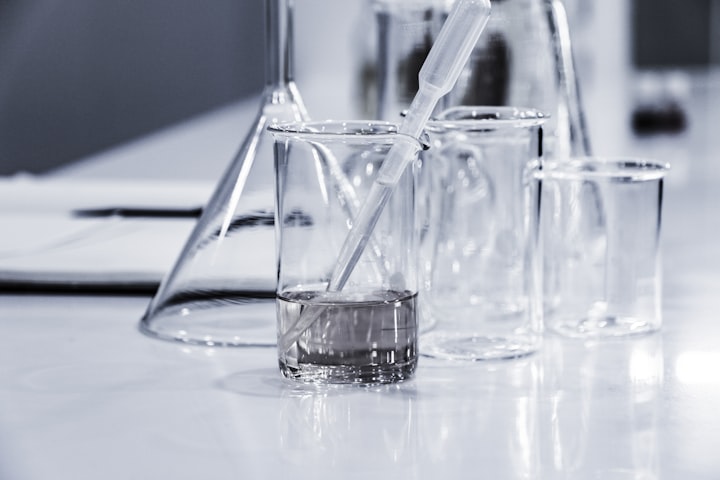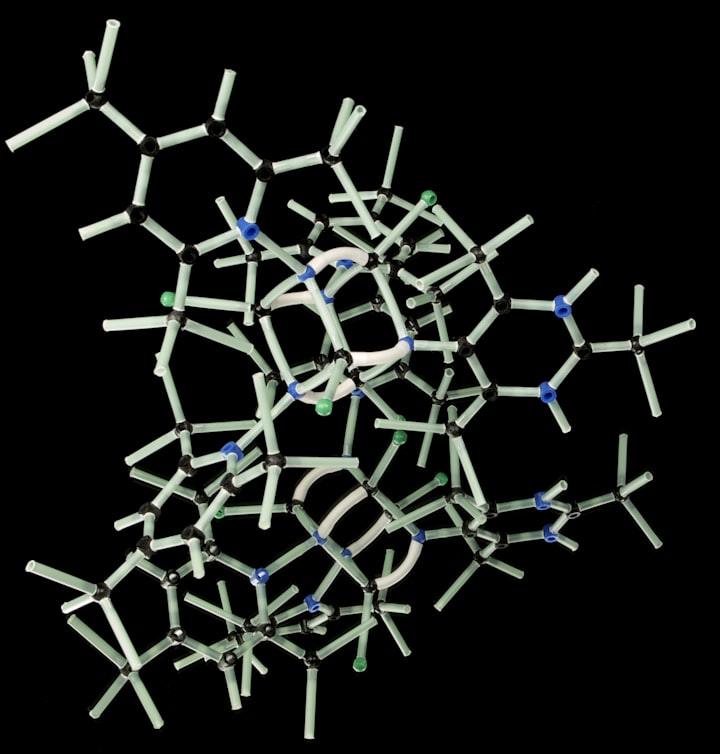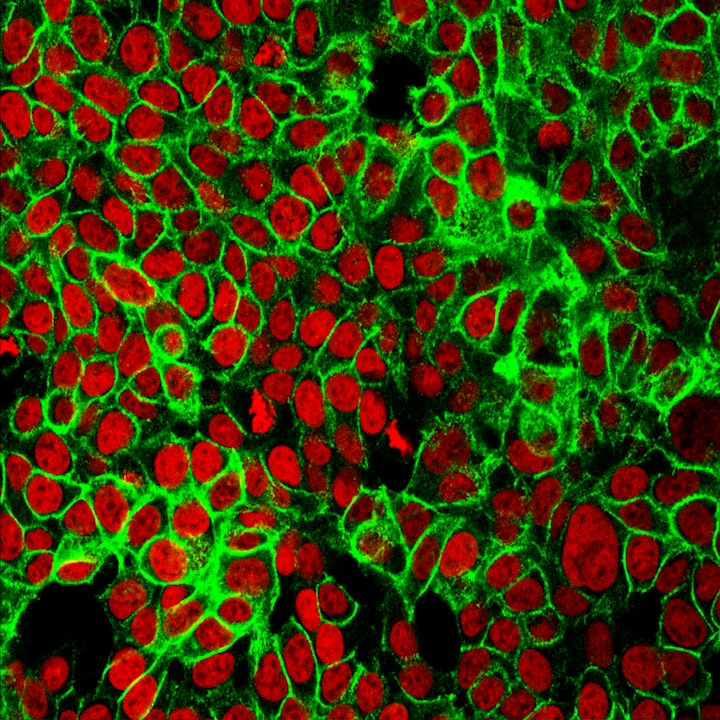Why is 70% Isopropyl Alcohol More Effective Than 90%?
Discover the science behind why 70% isopropyl alcohol is more effective than 90% as a disinfectant. Learn about the denaturation of proteins in disinfectants.

Isopropyl alcohol is a widely used disinfectant to kill bacteria and viruses, but why is 70% isopropyl alcohol more effective than its 90% counterpart?
Alcohol and Water: The Ideal Combination
70% isopropyl alcohol contains 30% water, essential for the alcohol to interact effectively with the cells it needs to eliminate.
This combination aids in denaturing proteins, penetrating into cells, and effectively killing microbes.
Penetration Analogy
To understand this better, let's draw an analogy to cooking pancakes.
Just as cooking on medium heat with a moderately hot pan ensures even cooking, 70% isopropyl alcohol, with its water content, ensures that the alcohol penetrates the cells and denatures proteins effectively, similar to evenly cooking the pancake.
Effectiveness of 90% Alcohol
Conversely, 90% isopropyl alcohol lacks the water content necessary for optimal penetration and denaturation.
It behaves like a very hot pan, searing the microbes from the outside but failing to penetrate and denature proteins effectively.
Clinical Efficacy
Research has consistently shown that 70% isopropyl alcohol is more clinically effective as a disinfectant compared to the 90% concentration.
It is better at killing bacteria and viruses while being less aggressive on the skin, making it a safer option for disinfection.
The Superior Choice
In conclusion, 70% isopropyl alcohol's 30% water content allows for better penetration into cells and denaturation of proteins, making it a more efficient disinfectant compared to 90% isopropyl alcohol.
Understanding the science behind what truly makes 70% isopropyl alcohol the superior choice for disinfection is essential in maintaining a safe and effective cleaning routine.






